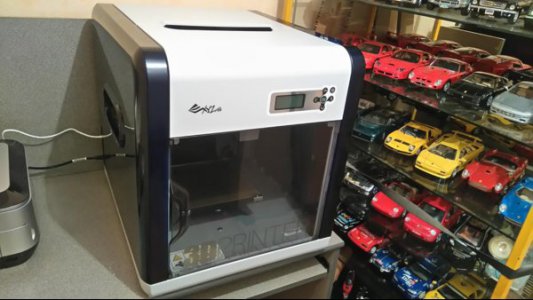- Joined
- Sep 2, 2013
- Messages
- 39
Hello,
I write this post to let you know the Stirling engines that I have made this last ten years.
Link to the playlist -> https://www.youtube.com/playlist?list=PLKqsC4zKkkEM243hEyCLbFcZsQmxaPc70
And especially the last one that I have called Stirling Alpha 2017. It will soon be turned into the Stirling Alpha 2018 because some modifications are currently made to improve its performance. I hope that post pleases you.
The video of my Stirling Alpha 2017 (this is the first video of the playlist link above).
Playlist of the making of my Stirling Alpha 2017 : https://www.youtube.com/playlist?list=PLKqsC4zKkkEPSziZrnlvfLpqwIOXzhG0s
I write this post to let you know the Stirling engines that I have made this last ten years.
Link to the playlist -> https://www.youtube.com/playlist?list=PLKqsC4zKkkEM243hEyCLbFcZsQmxaPc70
And especially the last one that I have called Stirling Alpha 2017. It will soon be turned into the Stirling Alpha 2018 because some modifications are currently made to improve its performance. I hope that post pleases you.
The video of my Stirling Alpha 2017 (this is the first video of the playlist link above).
Playlist of the making of my Stirling Alpha 2017 : https://www.youtube.com/playlist?list=PLKqsC4zKkkEPSziZrnlvfLpqwIOXzhG0s


